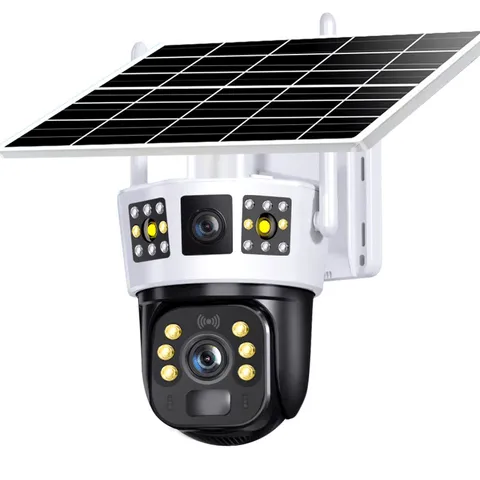4G solar camera systems have gained remarkable popularity as an efficient, versatile solution for remote monitoring and security needs. At the heart of these innovative systems lies a crucial component that often receives insufficient attention: the SIM card. Acting as the vital communication bridge between your camera and your devices, SIM cards enable the real-time transmission of footage, alerts, and data that make remote monitoring possible. As solar-powered security cameras continue to revolutionize how we approach surveillance across residential, agricultural, construction, and security sectors, understanding the pivotal role SIM cards play can make the difference between a reliable, cost-effective system and a frustrating, underperforming investment.
How Do 4G Solar Camera Systems Work?
At the heart of every 4G solar camera system lies a critical component: the SIM card. These small but mighty devices serve as the crucial link between your standalone surveillance equipment and the vast cellular network infrastructure. In my years of working with solar security systems, I’ve found that many people underestimate just how essential these tiny chips are to the entire operation.
SIM cards function as unique digital identifiers, carrying specific authentication credentials that allow your camera to securely establish connections with cellular towers. Think of them as your camera’s passport to the digital world—without one, your sophisticated solar-powered device becomes nothing more than a local recording unit with no remote capabilities.
The data transmission process is remarkably efficient. When your camera detects motion or captures scheduled footage, the SIM card facilitates the immediate upload of this data over cellular networks. The beauty of this system? Your footage can travel from a completely isolated location to your smartphone in seconds.
| SIM Card Type | Data Capacity | Ideal Application |
|---|---|---|
| Standard Data SIM | 2-5GB/month | Periodic monitoring |
| High-Volume SIM | 10-50GB/month | Continuous surveillance |
| IoT Specialized SIM | Variable | Multiple camera networks |
SIM selection directly impacts both performance and operating costs of your solar camera system. For optimal results, I recommend choosing plans specifically designed for IoT devices rather than standard consumer phone packages.
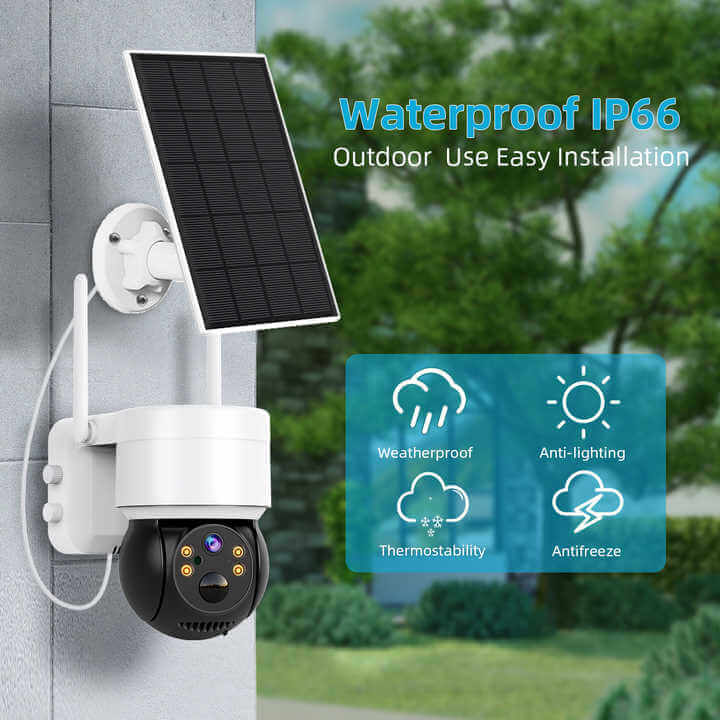
Why Are SIM Cards Essential For Remote Connectivity?
Having established how solar cameras function as self-sufficient monitoring units, let’s explore the crucial component that enables their remote capabilities: the SIM card.
I’ve installed dozens of these systems across challenging locations, and I can confidently say that SIM cards are the unsung heroes of remote surveillance. They serve as the digital bridge between your isolated camera and the vast cellular infrastructure that keeps you connected to your property.
Every SIM card contains a unique identification profile—essentially your camera’s digital passport. This tiny chip authenticates your device on the cellular network, transforming what would otherwise be a standalone recording unit into a responsive, remotely accessible security system.
The process is remarkably efficient. Your camera captures footage, the internal processor packages this data, and the SIM card facilitates transmission through nearby cell towers. Within seconds, this information travels across the cellular network, through internet backbones, and arrives at cloud servers where you can access it via your smartphone or computer.
| Connection Type | Effective Range | Infrastructure Required |
|---|---|---|
| WiFi | 100-300 feet | Router, internet service |
| Cellular (SIM) | Anywhere with coverage | None (uses existing towers) |
| Wired | Limited by cable length | Extensive cabling, power source |
Beyond connectivity, I’ve found SIM cards provide superior security through their built-in encryption protocols. This often surprises my clients—the same technology protecting mobile banking transactions is working to safeguard your surveillance footage.
How Do You Choose The Right SIM Card And Data Plan?
Now that we understand the essential role SIM cards play in 4G solar cameras, let’s tackle the question I’m asked most frequently: “How do I select the right SIM card and data plan?” This decision significantly impacts both your system’s performance and your wallet.
I’ve learned through installing hundreds of systems that physical SIM compatibility is rarely the issue—most cameras accept standard formats. The real challenges lie in selecting appropriate data allowances and service providers.
Your data needs will vary dramatically based on usage patterns. In my experience, motion-triggered recording is the sweet spot for most users. I’ve set up systems that consume just 2GB monthly with properly adjusted motion sensitivity, while continuous recording can devour 60-90GB monthly—a substantial cost difference!
| Recording Mode | Monthly Data Usage | Best For |
|---|---|---|
| Continuous HD | 60-90GB | High-security areas |
| Motion-activated HD | 1-5GB | Most residential/property uses |
| Time-lapse/Scheduled | 0.5-2GB | Project monitoring, low-traffic areas |
I always tell clients: don’t skimp on coverage quality! I once saved a construction company thousands by recommending a slightly pricier plan with reliable service over their budget option with spotty coverage. For consistent users, contract plans offer better value, while seasonal applications benefit from prepaid flexibility.
IoT-specific SIMs are my go-to recommendation for serious deployments—they’re purpose-built for devices like cameras with favorable pricing structures and network priorities.
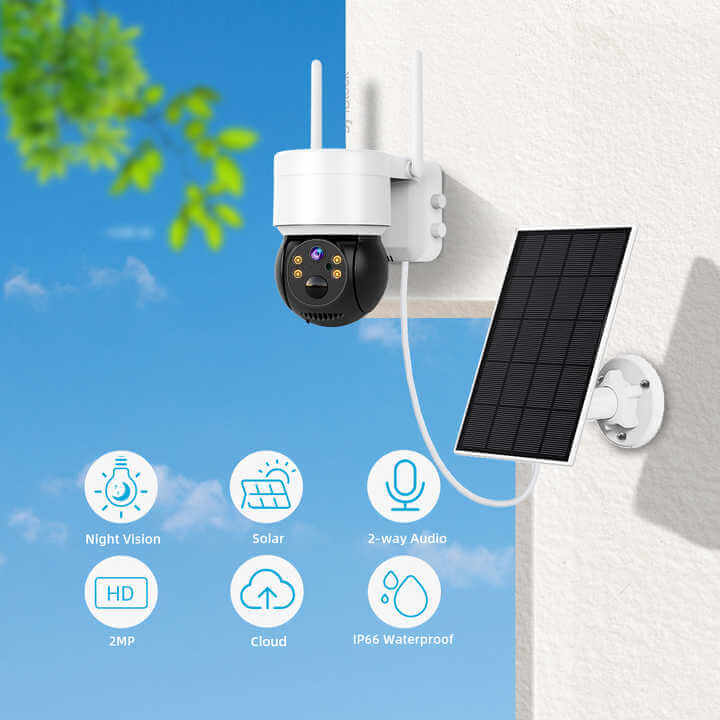
What Are The Best Practices For SIM Card Installation And Configuration?
With your SIM card and data plan selected, the next crucial step is proper installation and configuration. I’ve seen countless troubleshooting calls that could have been avoided with correct initial setup.
Before touching your camera, prep your SIM card. First, ensure it’s activated with your provider and—this is crucial—disable any PIN protection. I once spent two frustrating hours diagnosing a “defective” camera only to discover the client’s SIM had PIN security enabled.
Handle your SIM card like the sensitive electronic component it is—avoid touching those gold contact points! Even the oils from clean fingers can cause connectivity issues. I keep a small microfiber cloth in my toolkit specifically for this purpose.
| Installation Step | Common Mistakes | Pro Tip |
|---|---|---|
| SIM placement | Incorrect orientation | Match the notched corner to the diagram |
| APN configuration | Using generic settings | Get provider-specific values |
| Signal verification | Skipping the testing phase | Test before permanent mounting |
The APN configuration is where many DIY installers get stuck. Think of it as the cellular equivalent of network settings—without the correct APN, your camera can’t talk to the internet. Your carrier’s website or customer service can provide the exact settings needed.
After configuration, I always perform a “trigger test” by walking in front of the camera and verifying that alerts arrive promptly on my phone. Small position adjustments can dramatically improve signal quality.
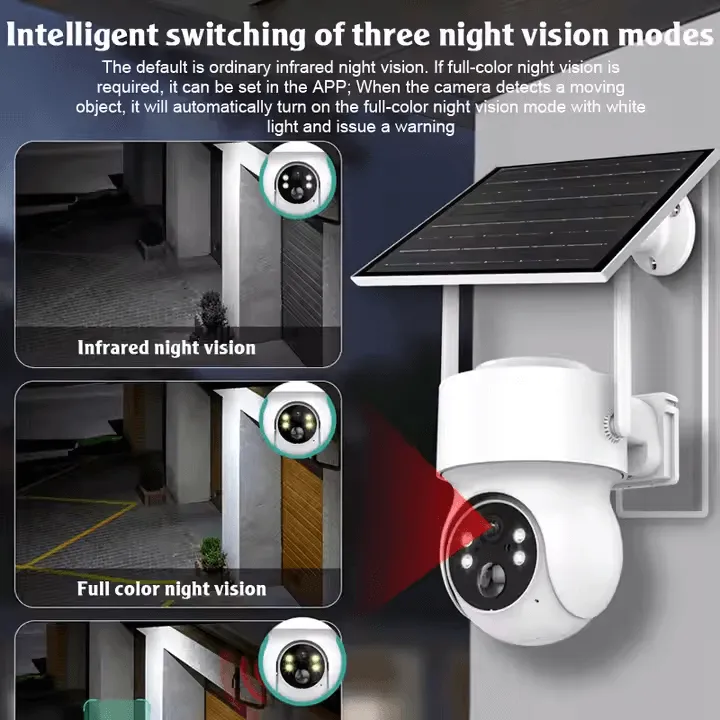
What Security Considerations Should You Know About SIM-Enabled Cameras?
With your system properly installed, let’s address the security aspects that many overlook. While cellular-based cameras sidestep traditional WiFi vulnerabilities, they introduce their unique security requirements.
I’ve consulted on numerous security breaches where clients assumed their cellular cameras were inherently secure. The truth? Your system is only as secure as you configure it to be. The first rule in my security playbook: immediately change those default passwords! I can’t stress this enough—manufacturer defaults are widely known and represent the low-hanging fruit for potential intruders.
| Security Feature | Threat Addressed | Implementation Priority |
|---|---|---|
| Strong Passwords | Unauthorized Access | Immediate |
| Two-Factor Authentication | Credential Theft | High |
| End-to-End Encryption | Data Interception | Medium-High |
| Firmware Updates | Software Vulnerabilities | Regular Schedule |
Don’t overlook physical security either. The SIM card itself is a potential vulnerability—a removed card can be misused or replaced. I recommend tamper-evident enclosures for high-security applications.
Privacy considerations extend beyond security. I always advise clients to review exactly what footage is stored, where it’s kept, and for how long. This isn’t just good practice—it’s increasingly required by regulations like GDPR and CCPA.
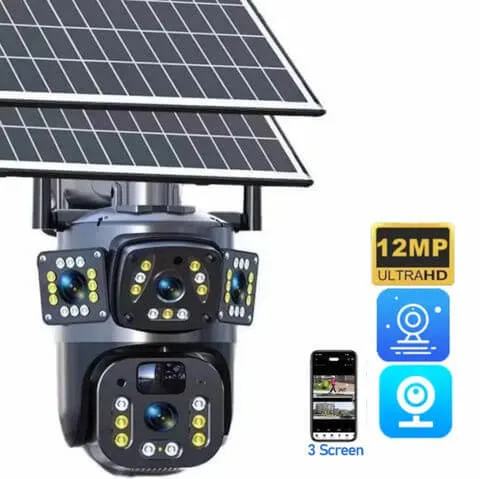
What Future Developments Are Expected For SIM Technology In Solar Cameras?
Having secured your current system, let’s look ahead at what’s coming in SIM technology for solar cameras. From my industry connections and research, I can confidently say we’re on the cusp of transformative changes.
The shift to embedded SIMs (eSIMs) represents the most significant evolution on the horizon. Unlike traditional physical SIM cards that we’ve discussed throughout this article, eSIMs are permanently integrated into the device hardware. I’ve tested early versions in prototype cameras, and the benefits are substantial, especially for those remote installations where physically swapping SIM cards means expensive site visits.
| Technology | Current Limitation Addressed | Expected Availability |
|---|---|---|
| eSIM Integration | Physical SIM swapping | Widely available by 2023-24 |
| 5G Solar Cameras | Bandwidth constraints | Premium models now, mainstream by 2024 |
| Edge AI Processing | Data usage costs | Currently emerging in high-end models |
5G connectivity is another game-changer I’m particularly excited about. The enhanced bandwidth will support real-time 4K video streaming from solar cameras, though I should note that the higher power requirements present challenges for solar designs that engineers are actively addressing through more efficient components.
Multi-network SIM technology is already appearing in premium models, allowing cameras to intelligently switch between different carriers based on signal strength. I’ve deployed these in rural areas with outstanding results—virtually eliminating the connectivity dead zones that previously plagued remote installations.

Conclusions
The humble SIM card, despite its small size, plays a truly outsized role in the functionality, reliability, and versatility of 4G solar camera systems. By providing the critical connection between your remote cameras and your monitoring devices, these small components transform standalone recording devices into powerful, cloud-connected security tools accessible from anywhere in the world. When implementing your solar camera system, carefully considering SIM card selection, data plan optimization, and proper configuration can dramatically impact both performance and operating costs. As technology continues to evolve toward eSIMs, 5G integration, and more efficient data transmission, the fundamental value proposition remains unchanged: cellular connectivity provides the freedom to place security cameras wherever they’re needed, independent of traditional infrastructure limitations. Whether you’re securing a remote property, monitoring construction progress, or keeping watch over agricultural operations, understanding the central role of SIM technology helps ensure your solar camera system delivers the reliable performance and peace of mind you expect.

